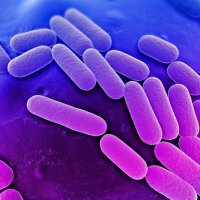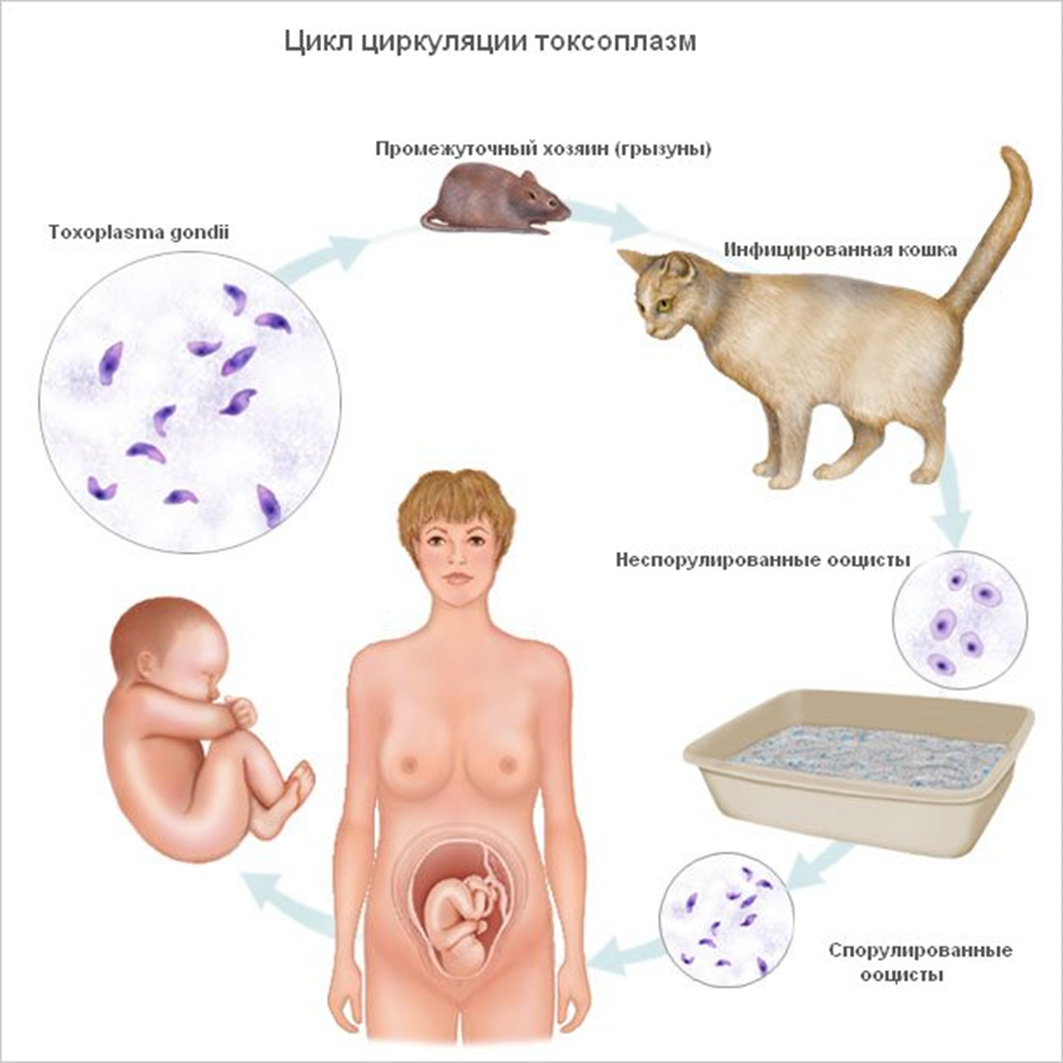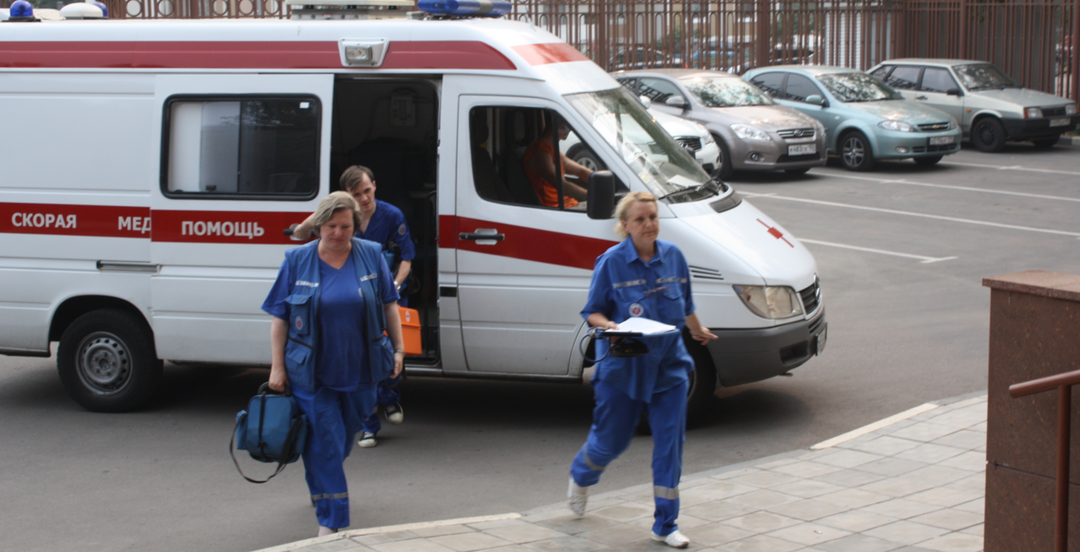Klebsiella - intestinal infection and folk remedies
 The genus Klebsiella directly refers to the so-called. Family Enterobacteriaceae. In comparison with the overwhelming majority of the genera of this family, the intestinal klebsiella infection has the ability to form a capsule. There are several different kinds of this kind. The main role of them in human pathology is given to the species Klebsiella pneumoniae, divided into three subspecies. But recently new types of Klebsiella have been discovered, which are not yet well understood, and their significance in human pathology is being refined. The name was given to the genus by the name of the famous bacteriologist Klebs. Klebsiella are often found in the skin and mucous membranes of animals and humans. Such an infection, as K. pneumoniae, is a regular agent of nosocomial infections, including mixed infections.
The genus Klebsiella directly refers to the so-called. Family Enterobacteriaceae. In comparison with the overwhelming majority of the genera of this family, the intestinal klebsiella infection has the ability to form a capsule. There are several different kinds of this kind. The main role of them in human pathology is given to the species Klebsiella pneumoniae, divided into three subspecies. But recently new types of Klebsiella have been discovered, which are not yet well understood, and their significance in human pathology is being refined. The name was given to the genus by the name of the famous bacteriologist Klebs. Klebsiella are often found in the skin and mucous membranes of animals and humans. Such an infection, as K. pneumoniae, is a regular agent of nosocomial infections, including mixed infections.
What is a Klebsiella-intestinal?
Klebsiella are ellipsoid Gram-negative bacteria, which have the form of short, thick rods with round endings, whose size is 0.3-0.6 by 1.5-6.0 μm, and the capsule shape is 3-5 by 5-8 μm in size. Dimensions undergo serious changes, especially in pneumonic Klebsiella. There are no flagella, bacteria do not form a dispute, some strains have cilia. Often a noticeable thick polysaccharide capsule;Forms of a non-capsular form are obtained under the influence of low temperature, bile, serum, antibiotics or phages on bacteria, as well as in case of mutations. They are located singly or in pairs.
Regarding prevention and treatment, specialized prevention is still poorly developed. General preventive measures can be reduced to a strict form of compliance with sanitary and hygienic standards during storage of food products, strict adherence to antiseptics and asepsis in medical institutions, as well as compliance with norms and rules of personal hygiene.
Klebsiella treatment agents, according to clinical indications, are used in stationary conditions. Antibiotics should not be used in case of bowel disease. In the case of the occurrence of dehydration phenomena( the presence of enterotoxin in the causative agent of the disease), specialized salt solutions are administered parenterally or orally. In the case of lethargic and generalized chronic forms, antibiotics( according to the results of checks for sensitivity to them) are used, autovaccination;Special measures are implemented that contribute to the stimulation of the immune system( pyrogen therapy, autohemotherapy, etc.)
Klebsiella is most often the main cause of pneumonia. Folk remedies for pneumonia you can use in combination with the funds assigned to you by a doctor.
Folk remedies for treatment of pneumonia caused by Klebsiella
Now we will consider klebsiella - intestinal infection and folk remedies for its treatment.
- Folk remedy №1.One tablespoon of aspen bark in a crushed form is poured with one glass of water, then it is necessary to boil the broth on a small fire under the covered lid for ten minutes, insist for one hour and strain. Then you need to take throughout the day in small portions( for example, a quarter cup four times a day).The course of therapy is from a week to a month.
- Folk remedy for the treatment of pneumonia №2.It is necessary to prepare about 250 ml of carrot, beetroot juice, aloe, butter in melted form and honey. Each of these components when adding is necessary as it should be mixed, placed in a special clay pot, then you need to cover it with a lid, warm up the oven to a temperature of 70-100 degrees, place the pot there for 2-3 hours. Then it is necessary to filter and take the formed composition in half a glass twice a day. The course is from one to four weeks.
- Folk remedy for the treatment of pneumonia №3.Use a pound of honey or sugar, a pound of onions, a liter of cold water. Peeled onions, crushed. The components mix well, the mass is poured on a "water bath" or inside the oven in a clay pot at a temperature of 100 degrees for 2-3 hours, cool to room temperature, mix well and filter. It is necessary to take inside on a table spoon from 4 to 6 times a day. Storage only in the refrigerator. The course of therapy is 1-6 weeks.
- Folk remedy №4.Kidney buds, yarrow herb, birch buds 50 grams, aloe juice 100 ml, honey 400 grams. Herbs are poured with a liter of boiled water, languish in the oven or in a water bath at a temperature of 100 degrees for two hours, insist the broth for two hours, filter. Add the juice of aloe, honey, mix well. Take a tablespoon from three to five times a day after eating. The course is 10 days, after 10 days, the reception is repeated. The composition is stored in the refrigerator.
- Folk drug treatment number 5.The composition includes a leaf of nettle, cowberry, rosemary, eucalyptus, pine or birch buds in a tablespoon, as well as two tablespoons of licorice root, medinitsa, sporisha( bird mountaineer), mother-stepmother leaf, and sage. Two tablespoons of the collection in a crushed form is poured with two glasses of boiled water, insisted at night in a thermos. Filter in the morning, add a teaspoon of honey along with two tablespoons of milk. Tincture is taken half a cup four times a day. The course is 1-3 months.
For the prevention of pneumonia, influenza and pneumococcal vaccines are used. Vaccines are often administered simultaneously in different hands. The optimal time for the introduction of vaccination is October-early November, so that by the time the epidemics have developed, the immune system has already begun to form.
Sometimes it is used for hardening, a good result is the use in the period of epidemics of essential oils and fortifying agents( cranberries, broth of wild rose, cranberries).



